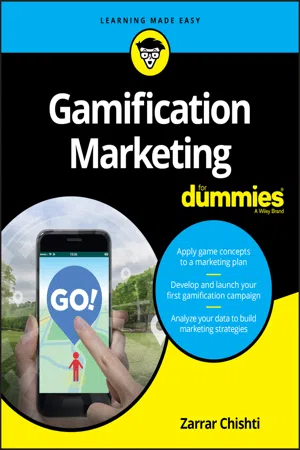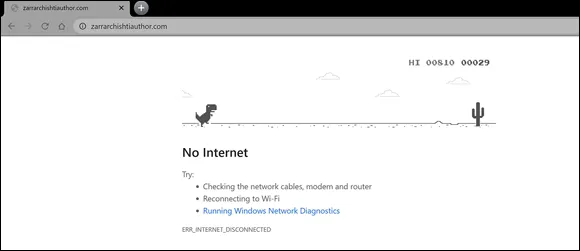
- English
- ePUB (mobile friendly)
- Available on iOS & Android
Gamification Marketing For Dummies
About This Book
Grow your customer base with games!
Gamification is the practice of adding elements of gameplay into marketing materials to better engage customers. In Gamification Marketing For Dummies, you'll learn to use this proven strategy to capture the attention of your target markets and boost your results using valuable gamification data.
Games are fun! That's why gamification is so successful—customers will jump at the chance to play and win your custom-developed marketing game. You'll connect with your customers and create lasting memories. Whether or not you are digitally savvy, this book will teach you the basics of gamification, from choosing the right game to capturing the user behavior data that the game generates.
- Use games to increase customer engagement and marketing results
- Learn how to choose or commission the right games for your market
- Plan and execute a successful gamification strategy
- Learn from data generated inside your game for valuable market insights
From simple strategies like customer loyalty programs to complex, branded, social game apps, this book will point in the direction of gamification that works for you.
Frequently asked questions
Information
Introducing Gamification Marketing
Gamifying Your Marketing Strategy



Seeing What Gamification Can Do in Marketing
Understanding gamification

Gamifying your marketing
Looking at some examples of gamification
- Verizon Wireless: Verizon enjoyed a 30 percent increase in login rates due to its gamification campaign. The company did this by adding leaderboards, badges, and social media integration, among other gamification elements, to its website. With this campaign, Verizon managed to engage with its customers on a much closer level.More than 50 percent of the site’s users participated in the new gamification features. And users who took advantage of the social integration spent 30 percent more time on the site and generated 15 percent more page views than users who used the traditional login method.
- Volkswagen Group: Volkswagen invited its consumers in China, one of its largest and most important markets, to help the company develop new versions of the “people’s car.” Participants were given gamification tools to help them easily design their new vehicle, and they were able to post their designs online. The designs were then open for others to view and rate.The results were tracked on leaderboards so that contestants and the general public could see how the competing designs were faring. Within ten weeks, the online crowd-sourcing campaign had received more than 50,000 ideas! By the end of the campaign’s first year, at least 33 million people had visited the site, and the general public had chosen three winning concepts.This campaign owes its success to the fact that Volkswagen recognized that participation in a popular business initiative needs to be not only enticing and rewarding but also engaging and fun. Because Volkswagen’s marketing team using gamification, the campaign went viral in China.
Understanding How Gamification Differs from Other Online Marketing Tactics
Looking at the advantages of gamification
- It enables you to put some fun into your brand or message. Gamification incorporates elements of fun and competition in any marketing strategy. This is good news for your brand, because your gamification marketing campaign will actively draw people who want to participate, follow, and share your brand’s message.
- It enables you to get better and more meaningful feedb...
Table of contents
- Cover
- Table of Contents
- Introduction
- Part 1: Introducing Gamification Marketing
- Part 2: Beginning Your Gamification Marketing Quest
- Part 3: Executing Your Gamification Plan
- Part 4: Monitoring Real-Time Events and Data after You Go Live
- Part 5: Preparing for Your Next Gamification Quest
- Part 6: The Part of Tens
- Index
- About the Author
- Advertisement Page
- Connect with Dummies
- End User License Agreement

